Home>Home Appliances>Home Automation Appliances>What To Do If Alexa Is Hacked
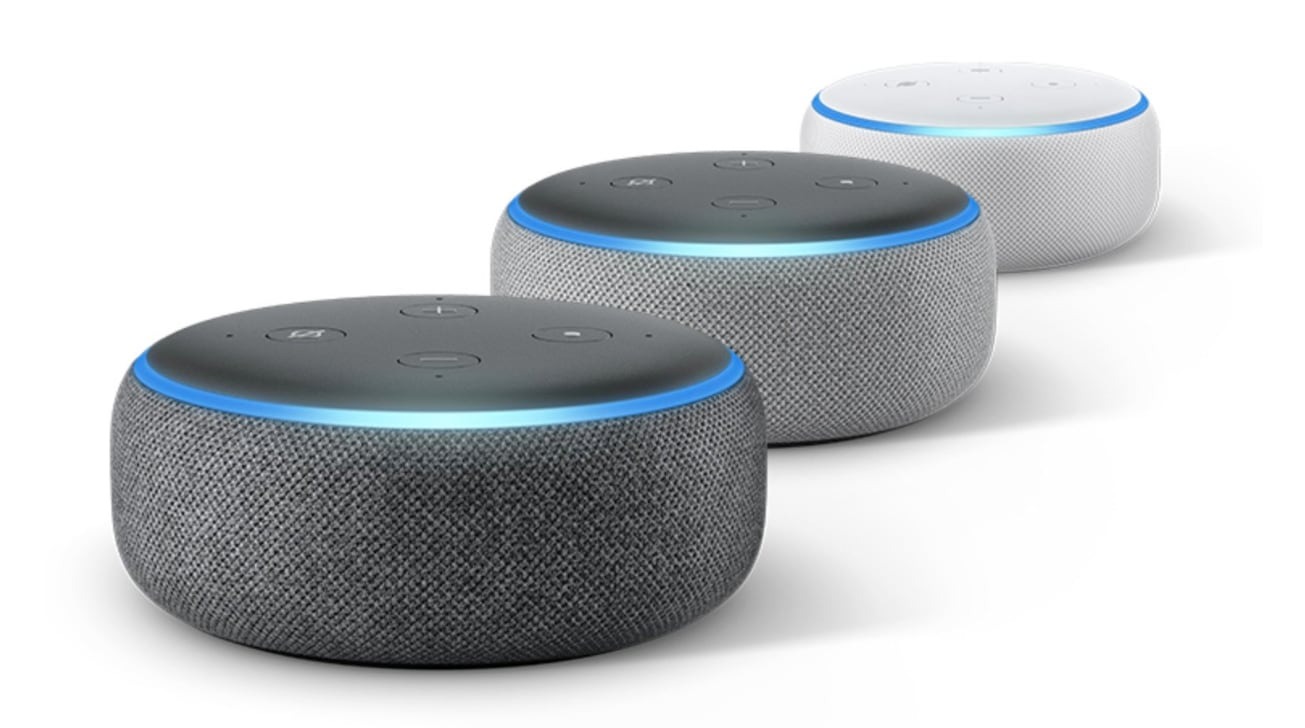

Home Automation Appliances
What To Do If Alexa Is Hacked
Modified: February 18, 2024
If your home automation appliances like Alexa are hacked, follow these steps to secure your devices and protect your privacy. Learn what to do if Alexa is compromised.
(Many of the links in this article redirect to a specific reviewed product. Your purchase of these products through affiliate links helps to generate commission for Storables.com, at no extra cost. Learn more)
Introduction
Welcome to the age of smart homes, where technology seamlessly integrates with our daily lives to enhance convenience and efficiency. Among the myriad of home automation devices available, Amazon’s Alexa stands out as a popular choice, offering voice-controlled assistance for a wide range of tasks. However, the increasing reliance on smart home technology also brings forth concerns about security and privacy. In this article, we will explore the signs that indicate Alexa may have been hacked, the steps to take if such a situation arises, and effective measures to prevent Alexa from being compromised. By understanding these key aspects, you can ensure a secure and enjoyable smart home experience with Alexa.
Key Takeaways:
- Stay Vigilant
If Alexa acts strange, like playing music on its own or making unauthorized purchases, it might be hacked. Act fast to disconnect, change passwords, and update software to keep your smart home safe. - Prevent Hacking
Protect your Alexa by securing your Wi-Fi, using voice recognition, and setting up PIN protection. Stay informed, update software, and monitor activity to keep your smart home secure and enjoy its benefits worry-free.
Read more: What To Do If Your Security Camera Is Hacked
Signs That Alexa Is Hacked
As smart home technology advances, ensuring the security of our devices becomes increasingly crucial. When it comes to Alexa, there are several telltale signs that may indicate a potential security breach or hacking:
- Unusual Activity: If you notice unexpected or unusual actions performed by Alexa, such as playing music on its own, adjusting smart home devices without your command, or providing unfamiliar responses to your queries, it could be a sign of unauthorized access.
- Strange Sounds: Alexa emitting strange or unexplained noises, voices, or conversations, especially when you are not interacting with it, may indicate a breach of its security protocols.
- Unauthorized Purchases: Instances of unauthorized purchases made through your linked Amazon account via Alexa can be a clear indication of a compromised device.
- Device Unresponsiveness: If Alexa becomes unresponsive to your commands, fails to execute tasks as expected, or exhibits delays in responding, it could be a result of unauthorized tampering.
- Unknown Skills or Settings: Discovering unfamiliar skills enabled on your Alexa device or noticing changes in its settings that you did not initiate is a strong indicator of potential hacking.
It is essential to remain vigilant and promptly address any of these signs to mitigate the risk of further compromise to your smart home ecosystem. By recognizing these potential indicators, you can take proactive measures to safeguard your privacy and security.
Steps to Take If Alexa Is Hacked
Discovering that your Alexa device may have been hacked can be unsettling, but taking immediate action is crucial to mitigate the impact and restore the security of your smart home environment. Here are the essential steps to take if you suspect that Alexa has been compromised:
- Disconnect Alexa: As a first measure, disconnect the device from its power source and the internet to prevent any further unauthorized access or activity. This can help contain the potential damage caused by the breach.
- Change Passwords: Change the passwords for your Amazon account, as well as any other accounts linked to Alexa, such as smart home device apps or services. Strong, unique passwords are vital for enhancing security.
- Reset Alexa: Perform a factory reset on your Alexa device to erase any potentially compromised settings or configurations. This can help restore the device to its default state and remove unauthorized access.
- Check Linked Accounts: Review the linked accounts and services associated with Alexa to ensure that there are no unauthorized integrations or access permissions granted to unknown entities.
- Update Firmware and Software: Ensure that your Alexa device, along with all linked smart home devices and apps, is running the latest firmware and software updates to patch any known security vulnerabilities.
- Scan for Malware: Run thorough malware scans on any devices, such as smartphones or computers, that have been used to interact with Alexa to ensure that they are not compromised.
- Monitor for Suspicious Activity: Keep a close eye on the behavior of your Alexa device and linked accounts for any further signs of unauthorized activity, and report any anomalies to Amazon’s support team.
- Enable Two-Factor Authentication: Implement two-factor authentication for your Amazon account and any associated services to add an extra layer of security against unauthorized access.
By promptly taking these proactive steps, you can help secure your smart home ecosystem and prevent further unauthorized access or breaches. It is essential to remain vigilant and proactive in safeguarding your privacy and security in the evolving landscape of smart home technology.
If Alexa is hacked, immediately unplug the device and reset it to factory settings. Change your Amazon account password and enable two-factor authentication for added security. Contact Amazon customer support for further assistance.
How to Prevent Alexa from Being Hacked
Proactively implementing security measures is essential to safeguard your Alexa device and prevent potential hacking attempts. By following these best practices, you can significantly reduce the risk of unauthorized access and enhance the security of your smart home ecosystem:
- Secure Wi-Fi Network: Ensure that your home Wi-Fi network is secure by using a strong, unique password and enabling WPA2 or WPA3 encryption. This helps prevent unauthorized access to your network and connected devices, including Alexa.
- Enable Voice Recognition: Take advantage of Alexa’s voice recognition features, if available, to restrict access to recognized voices and enhance the device’s security against unauthorized commands.
- Review Skills and Settings: Regularly review the enabled skills and settings on your Alexa device to ensure that they align with your preferences and security requirements. Disable any unfamiliar or unnecessary skills to minimize potential vulnerabilities.
- Implement PIN Protection: Set up a PIN code for sensitive actions, such as making purchases or accessing certain features, to add an extra layer of security and prevent unauthorized usage.
- Keep Software Updated: Regularly update the firmware and software of your Alexa device, as well as any linked smart home devices and apps, to patch known security vulnerabilities and ensure the latest security features are in place.
- Limit Sensitive Commands: Avoid issuing sensitive commands, such as making purchases or accessing personal information, in public or within earshot of unintended listeners to minimize the risk of unauthorized actions.
- Monitor Account Activity: Regularly review the activity logs and history associated with your Alexa device and linked accounts to identify any unusual or unauthorized actions and address them promptly.
- Enable Two-Factor Authentication: Implement two-factor authentication for your Amazon account to add an extra layer of security against unauthorized access and account compromise.
- Stay Informed: Stay updated on security best practices and potential vulnerabilities related to smart home devices, and follow official guidelines and recommendations provided by Amazon for securing Alexa.
By implementing these proactive security measures, you can significantly reduce the risk of Alexa being hacked and enhance the overall security of your smart home environment. Remaining vigilant and proactive in addressing potential security concerns is essential for maintaining a safe and secure smart home experience.
Conclusion
As smart home technology continues to evolve, ensuring the security and privacy of devices such as Alexa is paramount. By recognizing the signs of a potential hack, taking immediate steps to address a security breach, and proactively implementing preventive measures, you can maintain a secure and enjoyable smart home experience.
Remaining vigilant and proactive in safeguarding your Alexa device against potential hacking attempts is essential for protecting your privacy and maintaining the integrity of your smart home ecosystem. By following best practices such as securing your Wi-Fi network, enabling voice recognition, and regularly reviewing device settings, you can significantly reduce the risk of unauthorized access and potential security breaches.
It is important to stay informed about security best practices and to implement the latest security features and updates provided by Amazon for Alexa and associated devices. By staying proactive and informed, you can enjoy the convenience and benefits of smart home technology while minimizing the potential risks of unauthorized access and privacy breaches.
By taking the necessary steps to address and prevent potential hacking attempts, you can continue to embrace the innovative capabilities of Alexa with confidence, knowing that your smart home ecosystem is secure and protected.
Remember, a proactive approach to security is key to maintaining a safe and enjoyable smart home experience with Alexa.
Frequently Asked Questions about What To Do If Alexa Is Hacked
Was this page helpful?
At Storables.com, we guarantee accurate and reliable information. Our content, validated by Expert Board Contributors, is crafted following stringent Editorial Policies. We're committed to providing you with well-researched, expert-backed insights for all your informational needs.
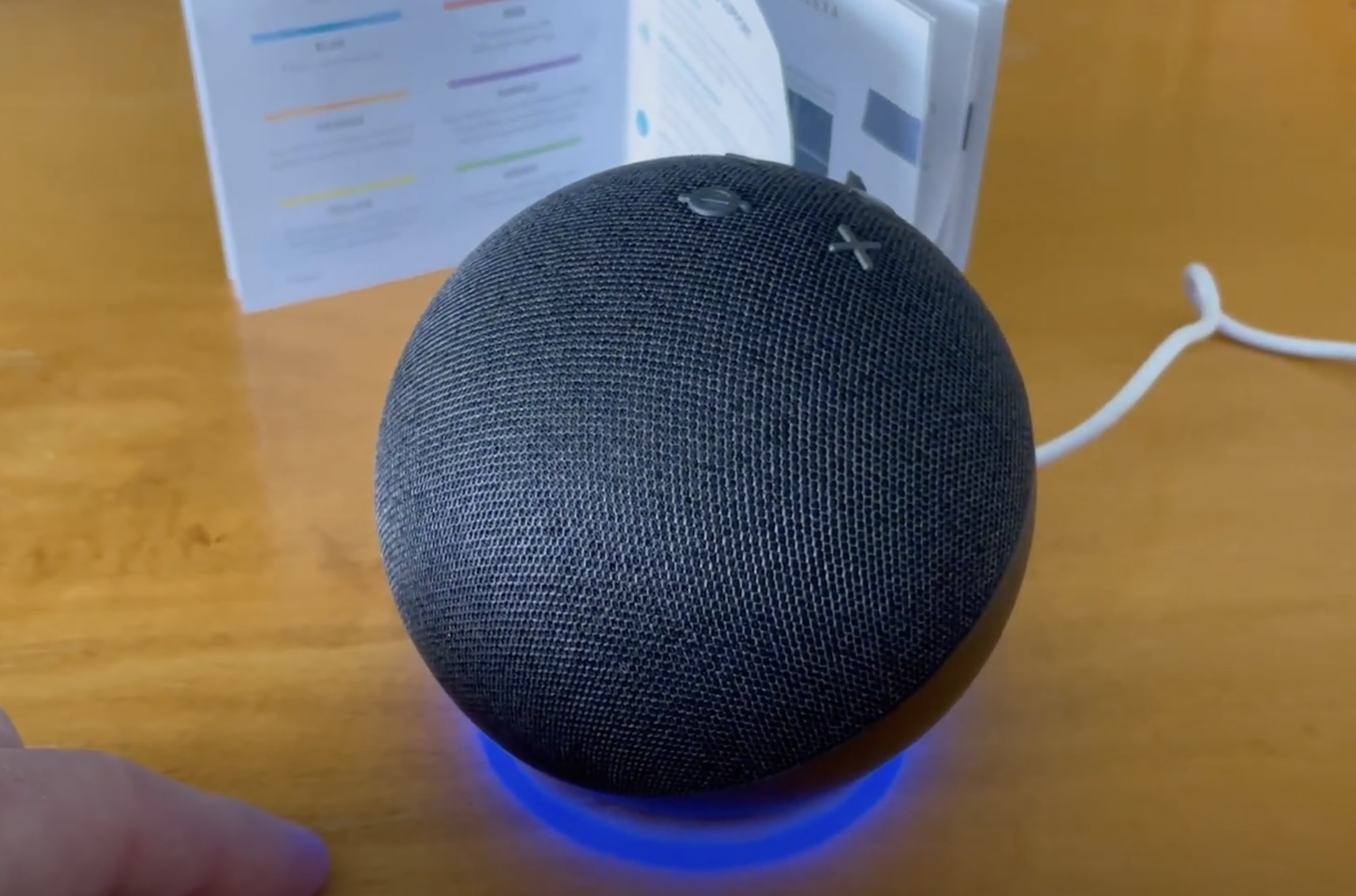
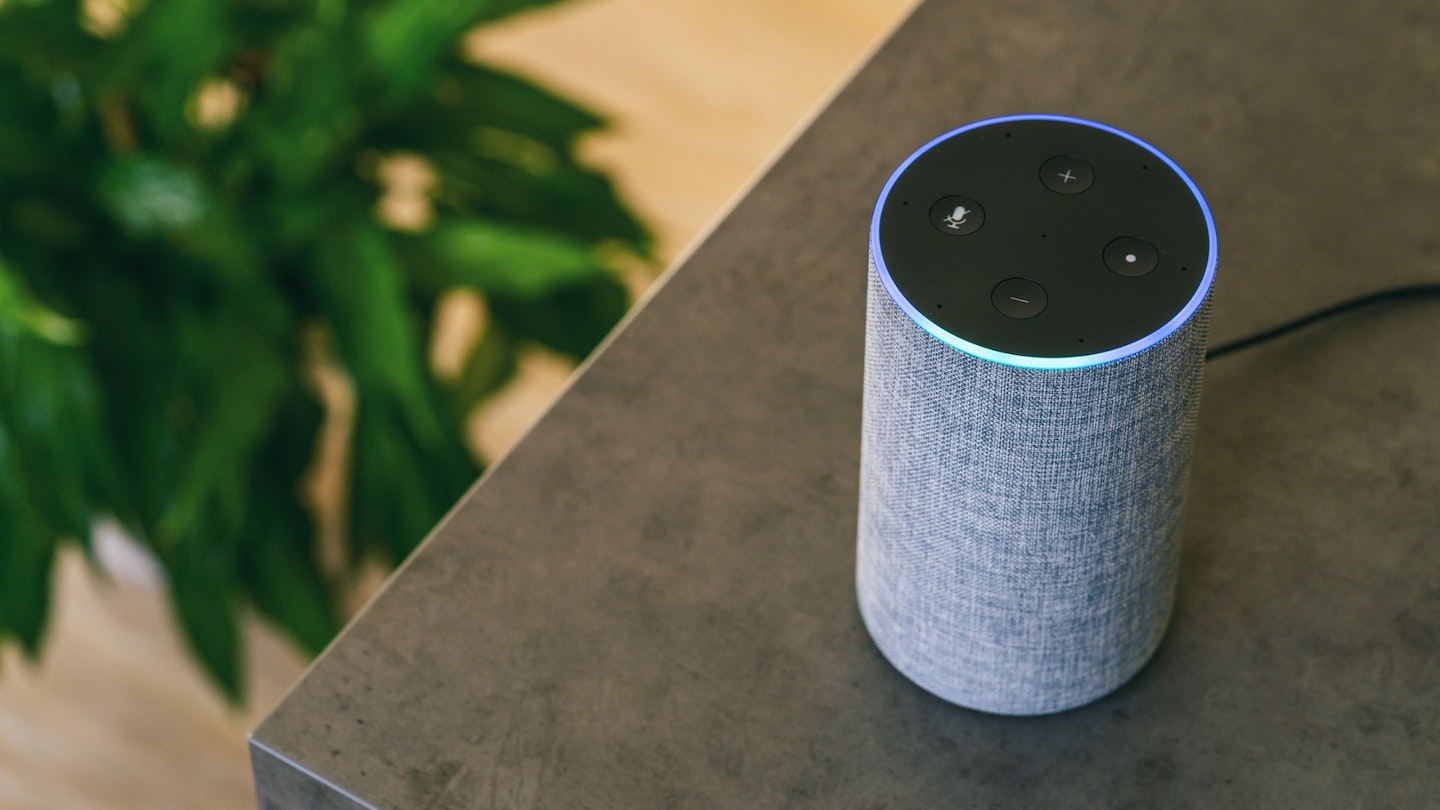
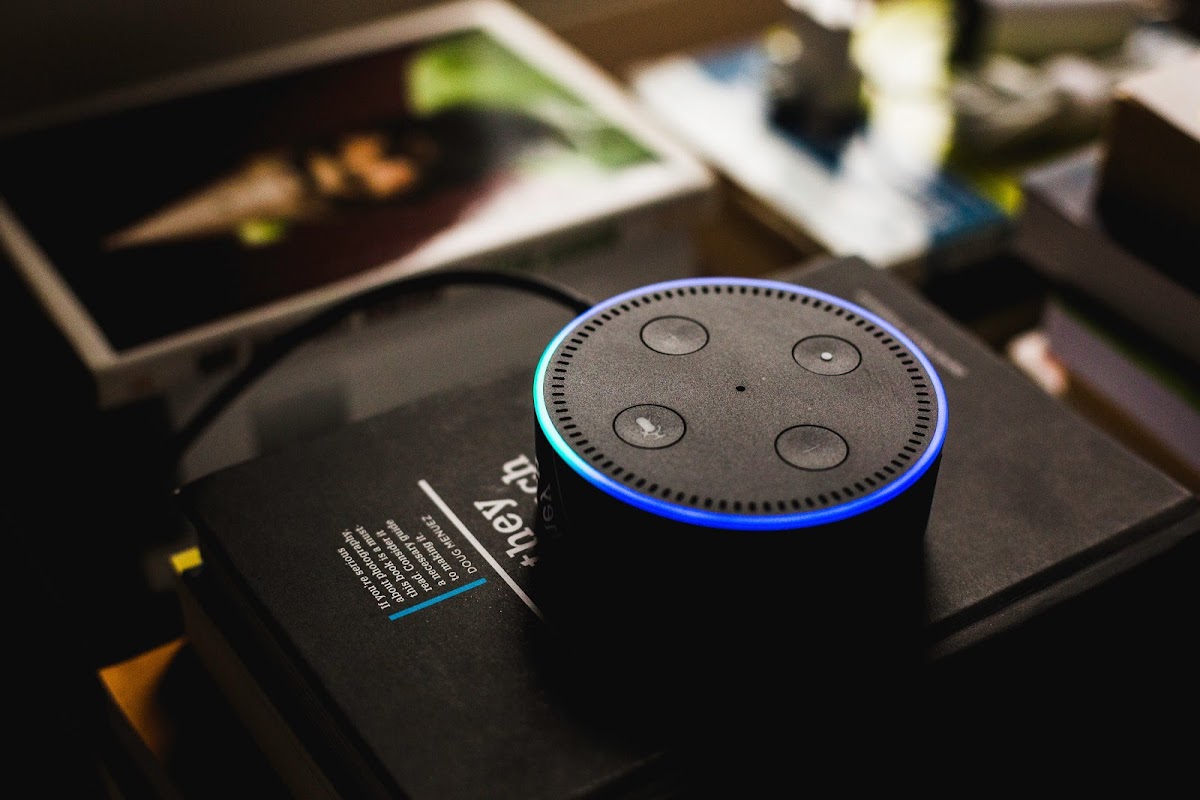
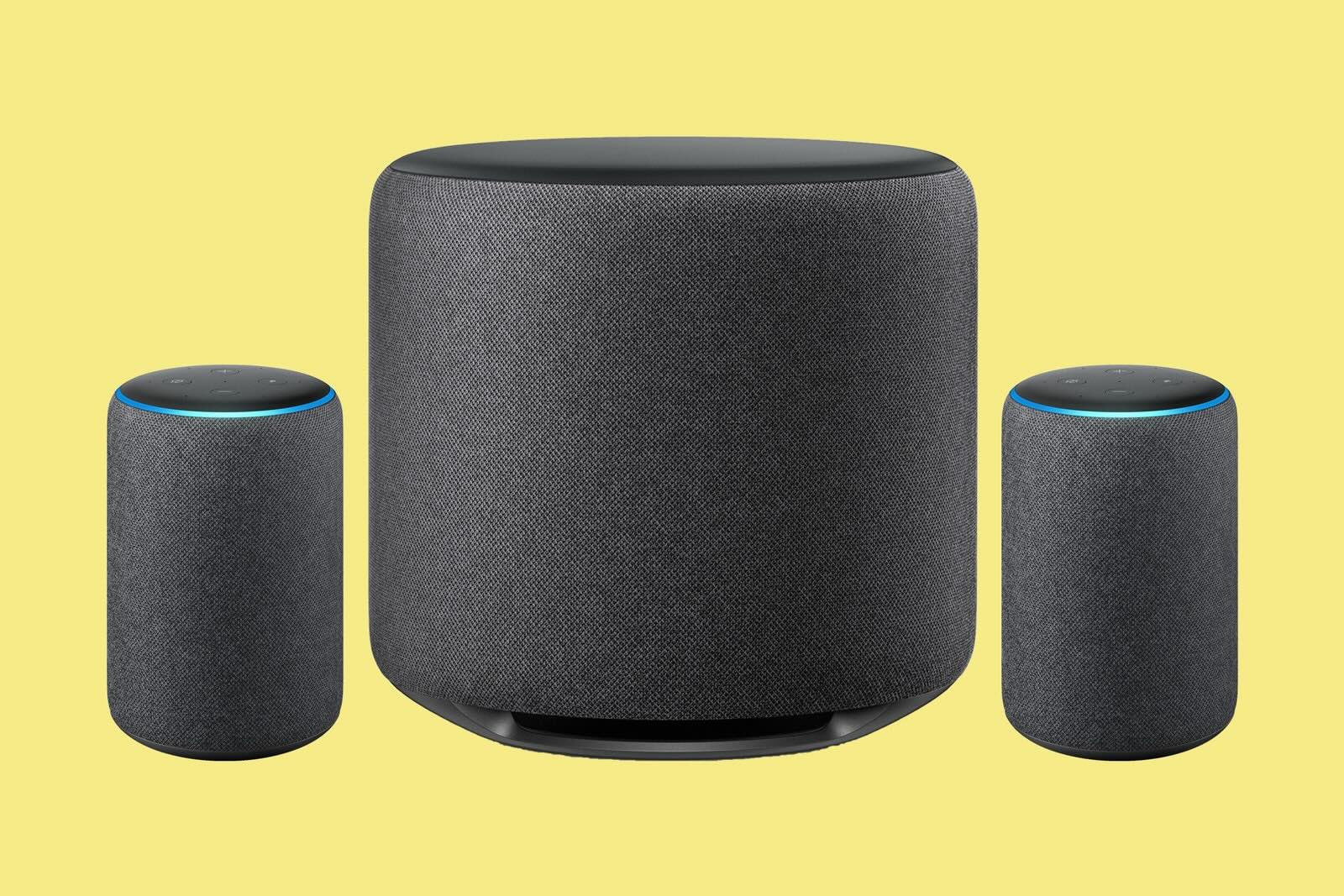
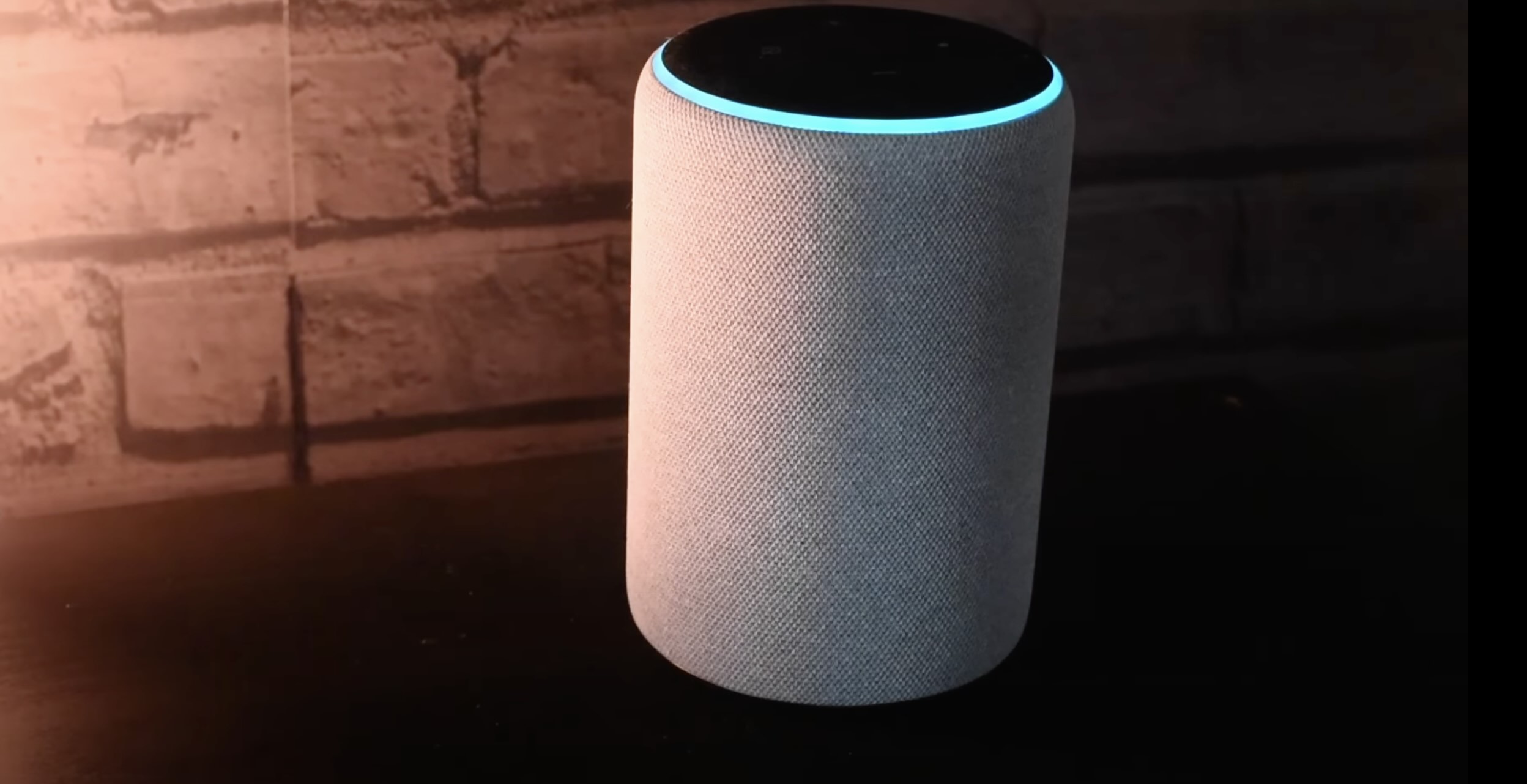
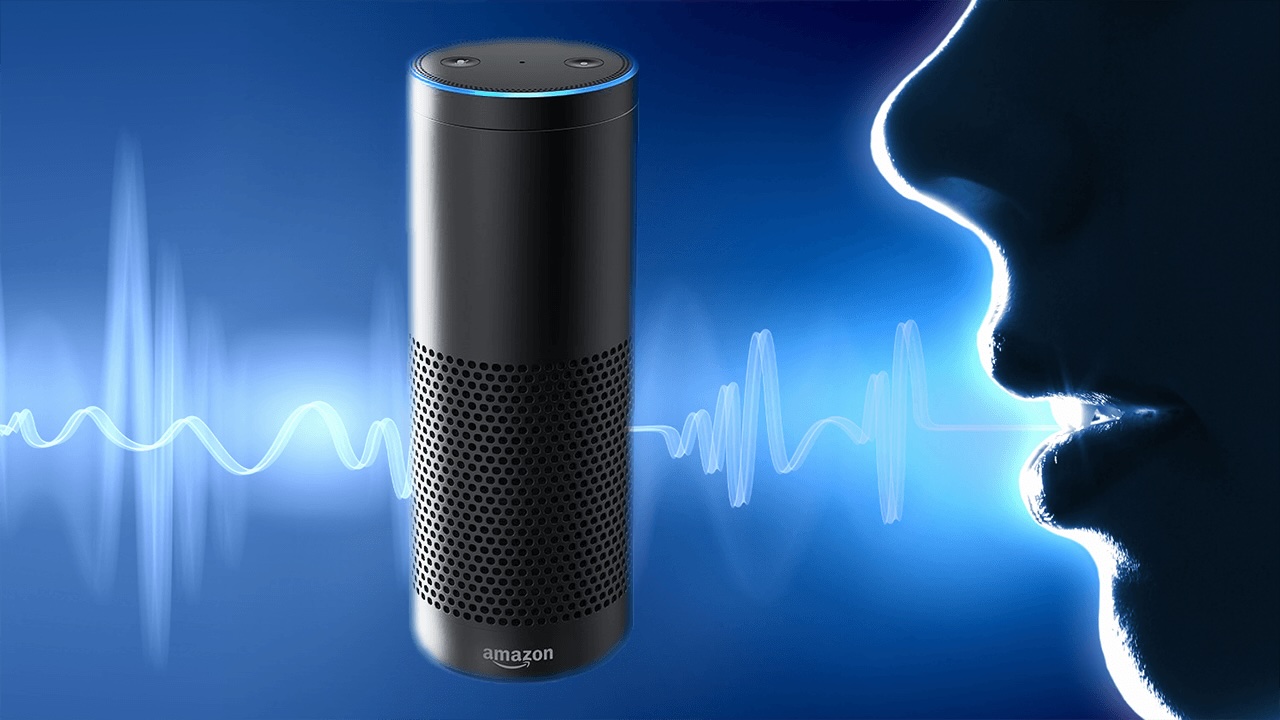
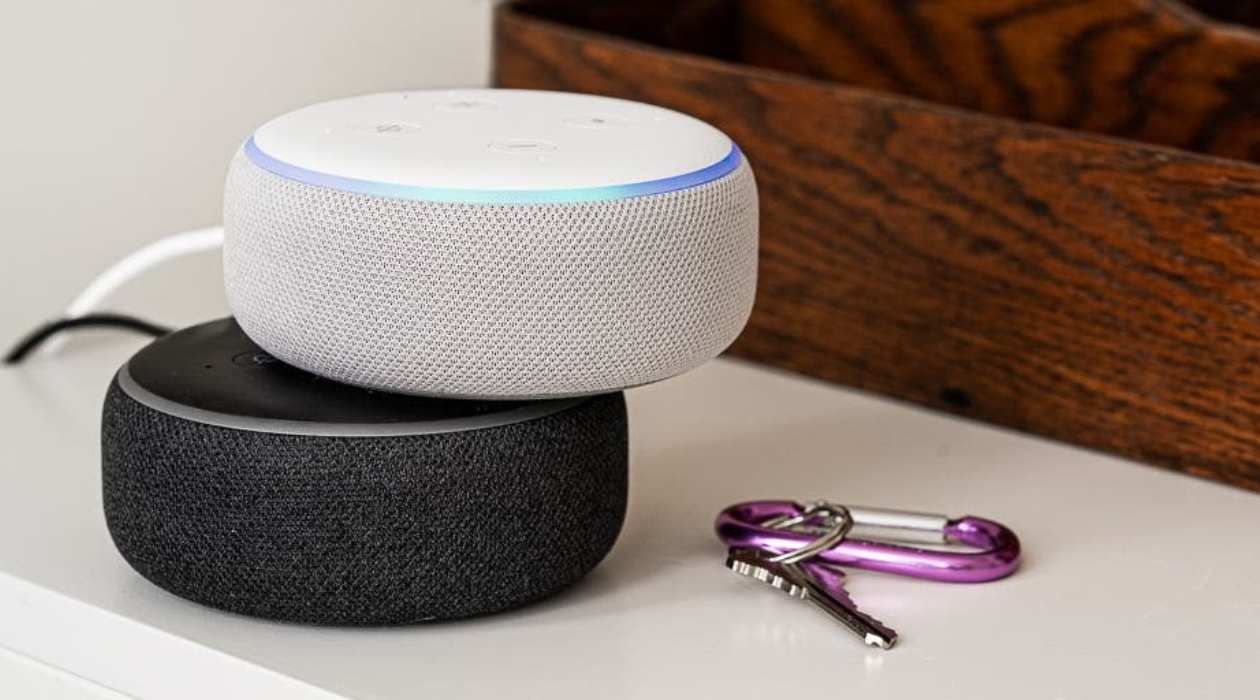

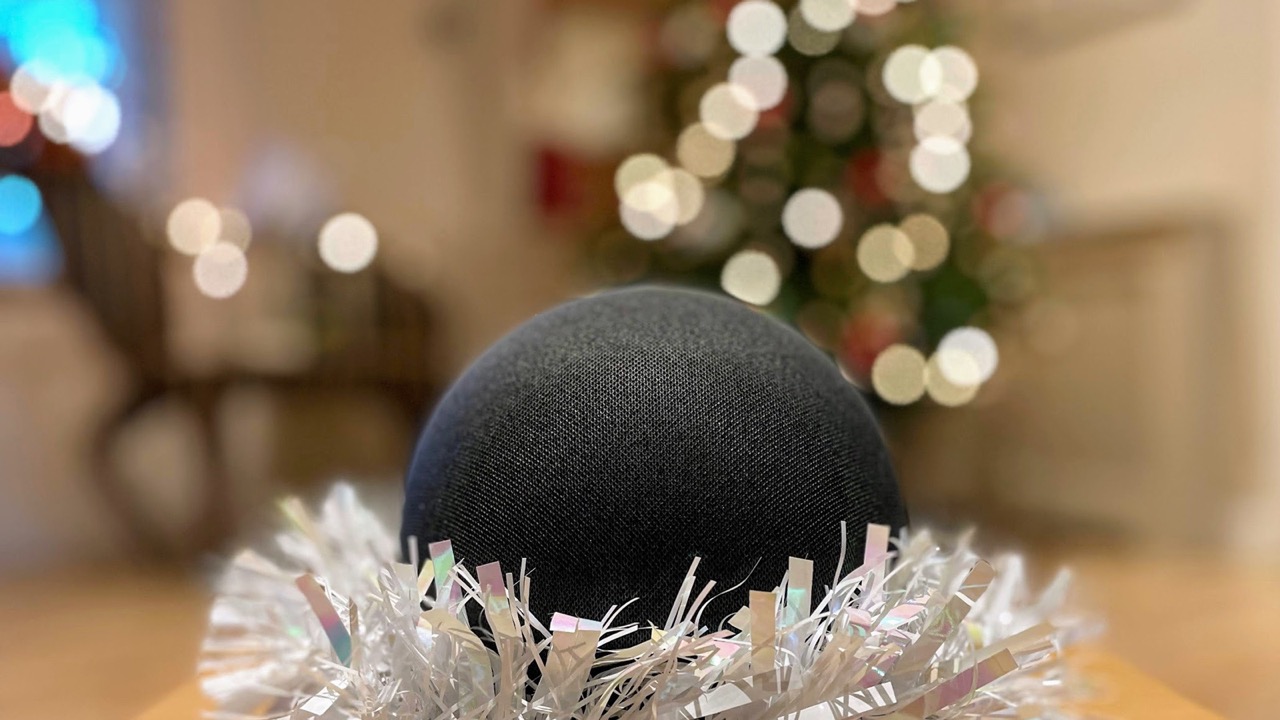
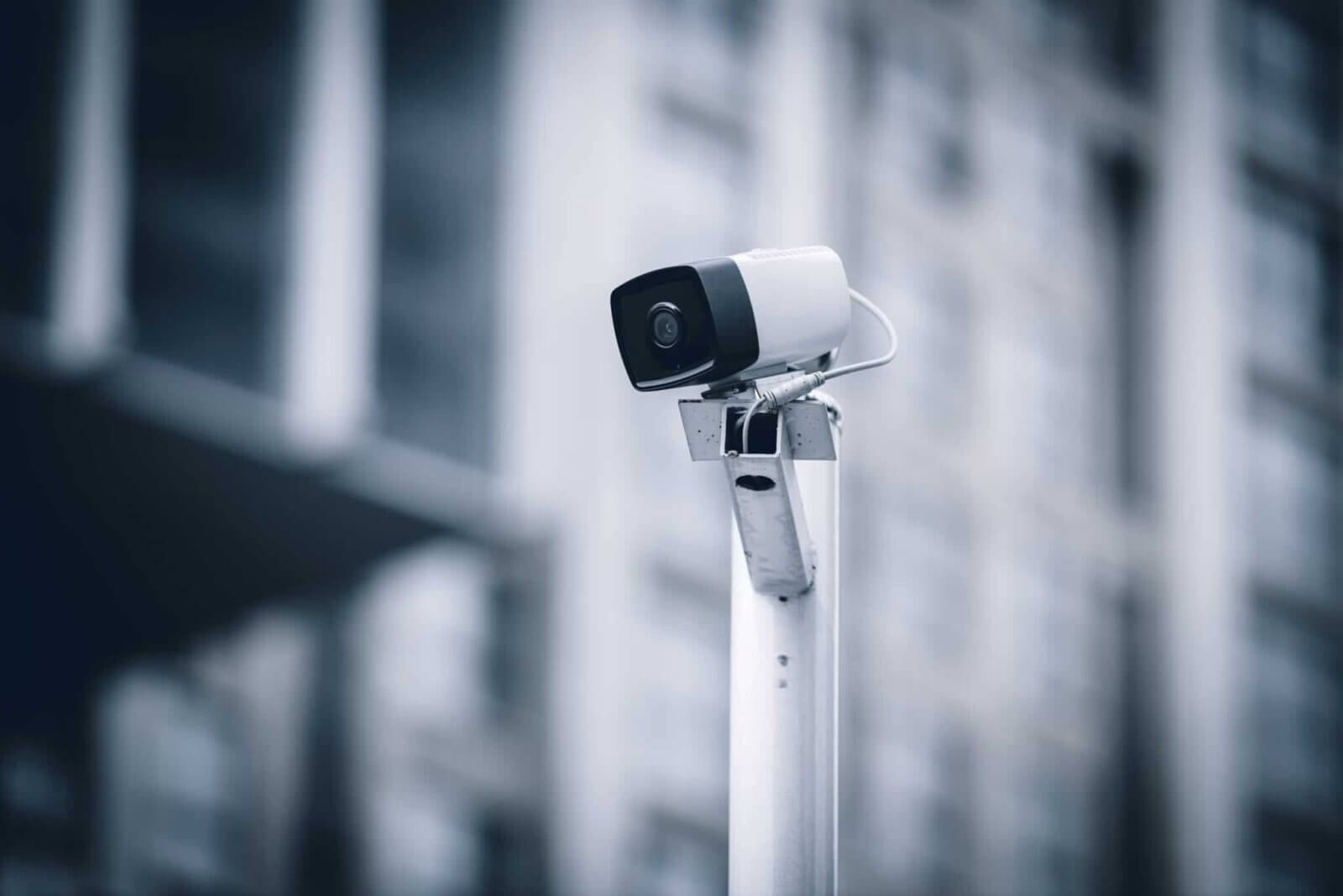
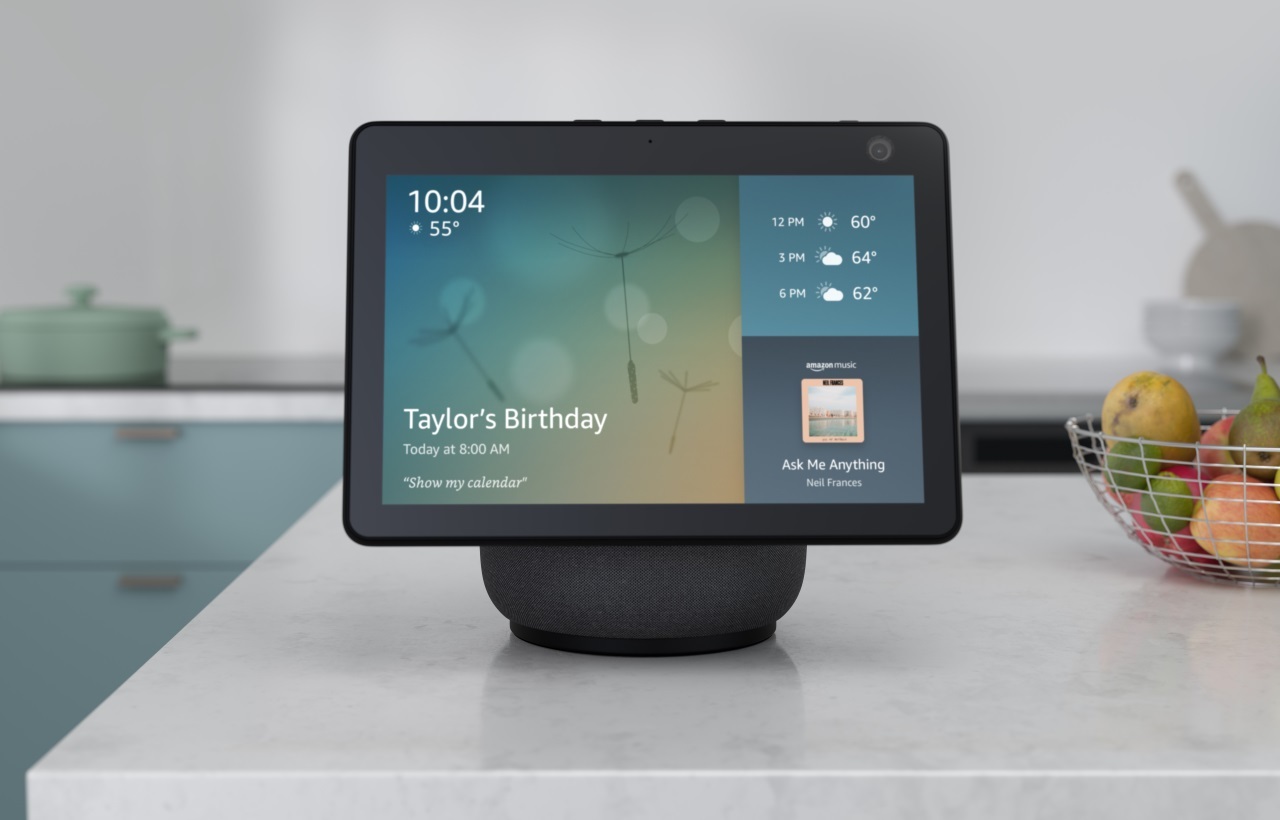
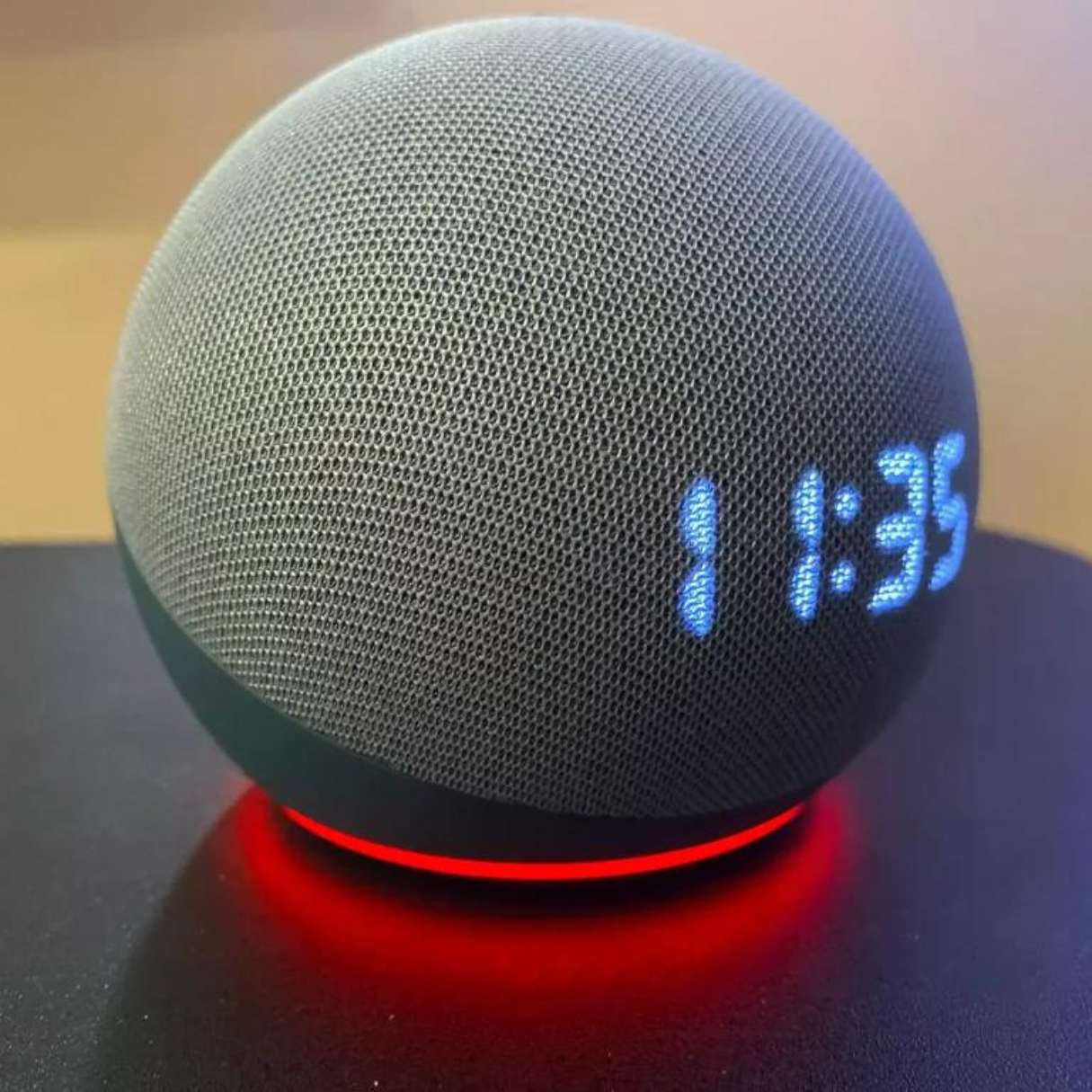
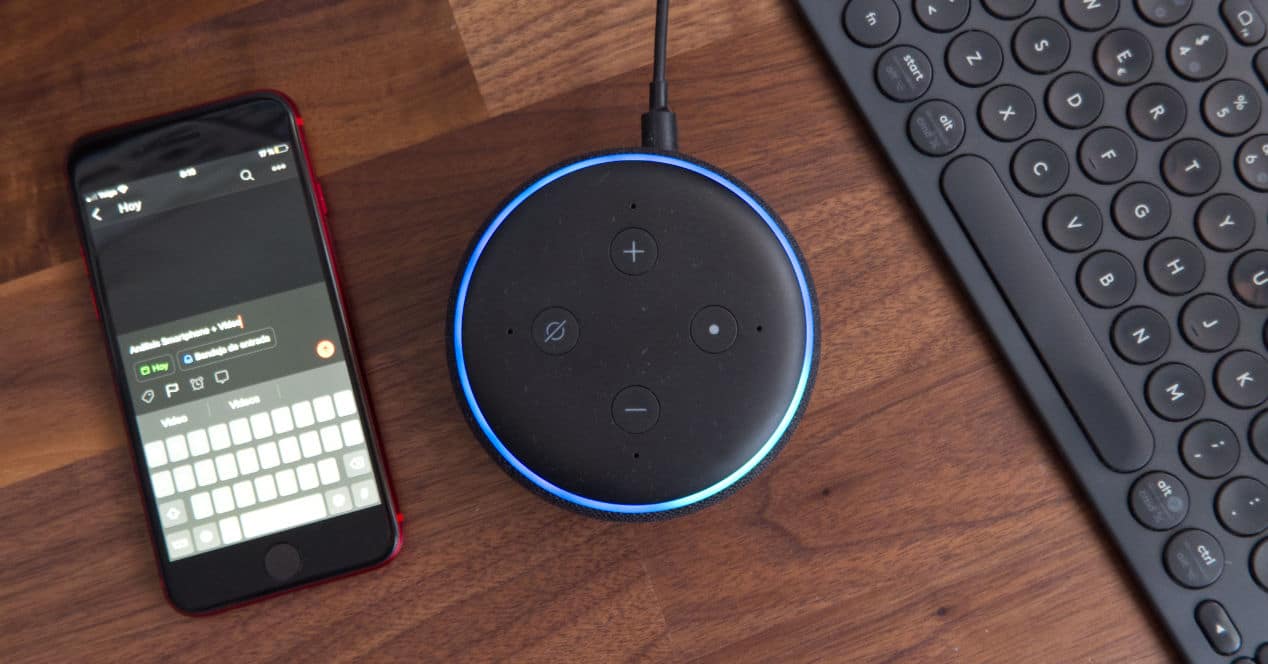

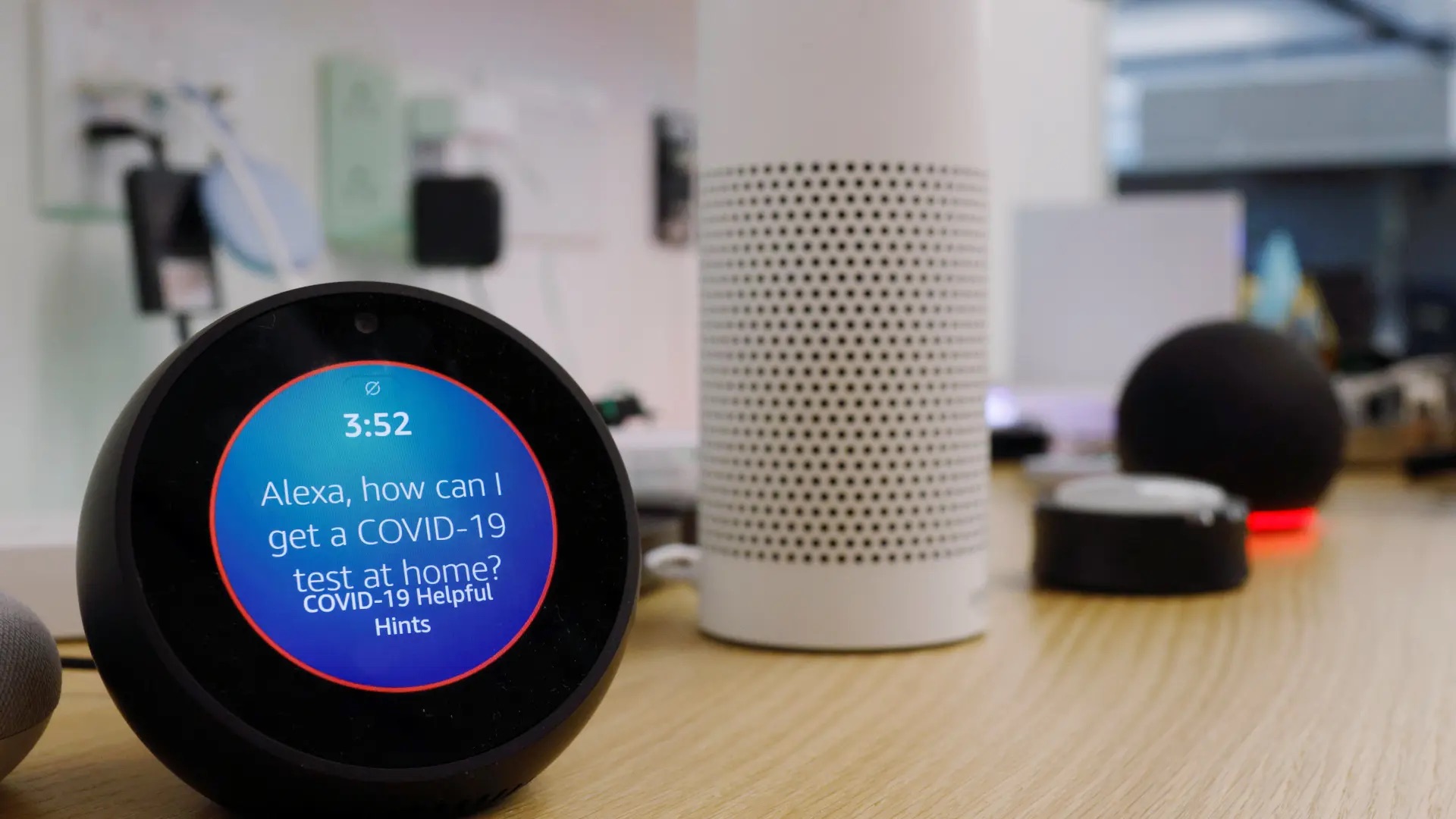

0 thoughts on “What To Do If Alexa Is Hacked”